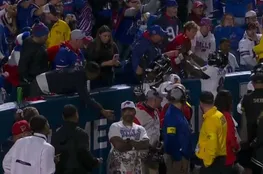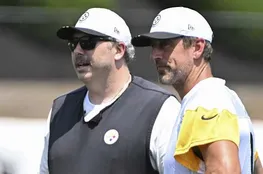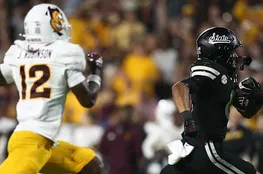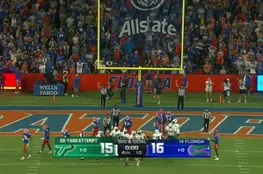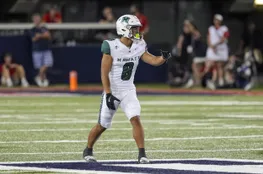The Boston Red Sox’s decision to de-mote starting pitcher Richard Fitts to Triple-A Worcester following a disastrous one-inning performance against the Los Angeles Angels is generating significant discussion, and rightfully so. While the immediate reaction might portray this as a managerial misstep, a closer examination reveals a more complex situation driven by ‘necessity,’ as Red Sox management itself acknowledged. Fitts, 25, endured a truly remarkable outing on Monday, conceding six runs in 39 pitches before recording a single out against the Angels. The damage included three home runs – to Zach Neto, Mike Trout, and Jo Adell – none of which appeared remotely likely to remain within the confines of Fenway Park. However, this single, unfortunate performance shouldn’t overshadow Fitts’s strong performance leading up to it. Over 40 2/3 innings, he showcased himself as a legitimate big league pitcher, limiting opponents to just 10 earned runs and only two home runs across eight starts. This demonstrates a consistent level of effectiveness, suggesting the Angels’ outing was an isolated incident rather than a fundamental decline in his abilities.
The crucial element missing from this narrative is the inadequate rehabilitation time Fitts received for his pectoral strain, which initially placed him on the Injured List back on April 13th. Boston’s management opted to rush him back to the Major League level without a proper rehab assignment. This decision, as highlighted by MassLive’s Christopher Smith, was driven by ‘necessity.’ Smith’s commentary succinctly captures the situation: "They rushed Richard Fitts back without a rehab assignment out of necessity. He needed at least two rehab starts. He pitched poorly but I think there’s a reason it was his worst major league start. The lack of a rehab assignment caught up to him in his second start back."
This highlights a critical oversight. The absence of a structured rehab period allowed the pectoral strain to persist, ultimately impacting Fitts’s performance. A typical rehab protocol would have involved a gradual return to pitching, building strength and flexibility, and minimizing the risk of re-injury. Without this process, Fitts was forced to return to the Majors prematurely, and the strain ultimately manifested in a severely compromised outing. Consequently, the decision to option him to Triple-A Worcester isn’t a condemnation of his talent, but rather a pragmatic response to the circumstances. It’s a recognition that Fitts requires a proper recovery period to regain his optimal form and avoid further complications. The move allows the Red Sox to prioritize his long-term health and development, ensuring he can return to the Majors fully recovered and ready to contribute effectively.
Furthermore, this situation underscores the importance of thorough medical evaluations and structured rehabilitation programs in professional baseball. Ignoring these protocols can have significant consequences, as demonstrated by Fitts’s struggles. The move also paves the way for Hunter Dobbins to take over Fitts’s spot in the rotation, adding another layer to the Red Sox’s strategic approach to their pitching staff. The Red Sox’s actions, while appearing harsh on the surface, are ultimately rooted in a calculated assessment of Fitts’s condition and the need for a sustainable path to recovery, illustrating a common theme in baseball – prioritizing player health and long-term success over short-term gains. This situation is a reminder that baseball is a game of inches, and sometimes, the most sensible decision isn’t the most immediately gratifying.



